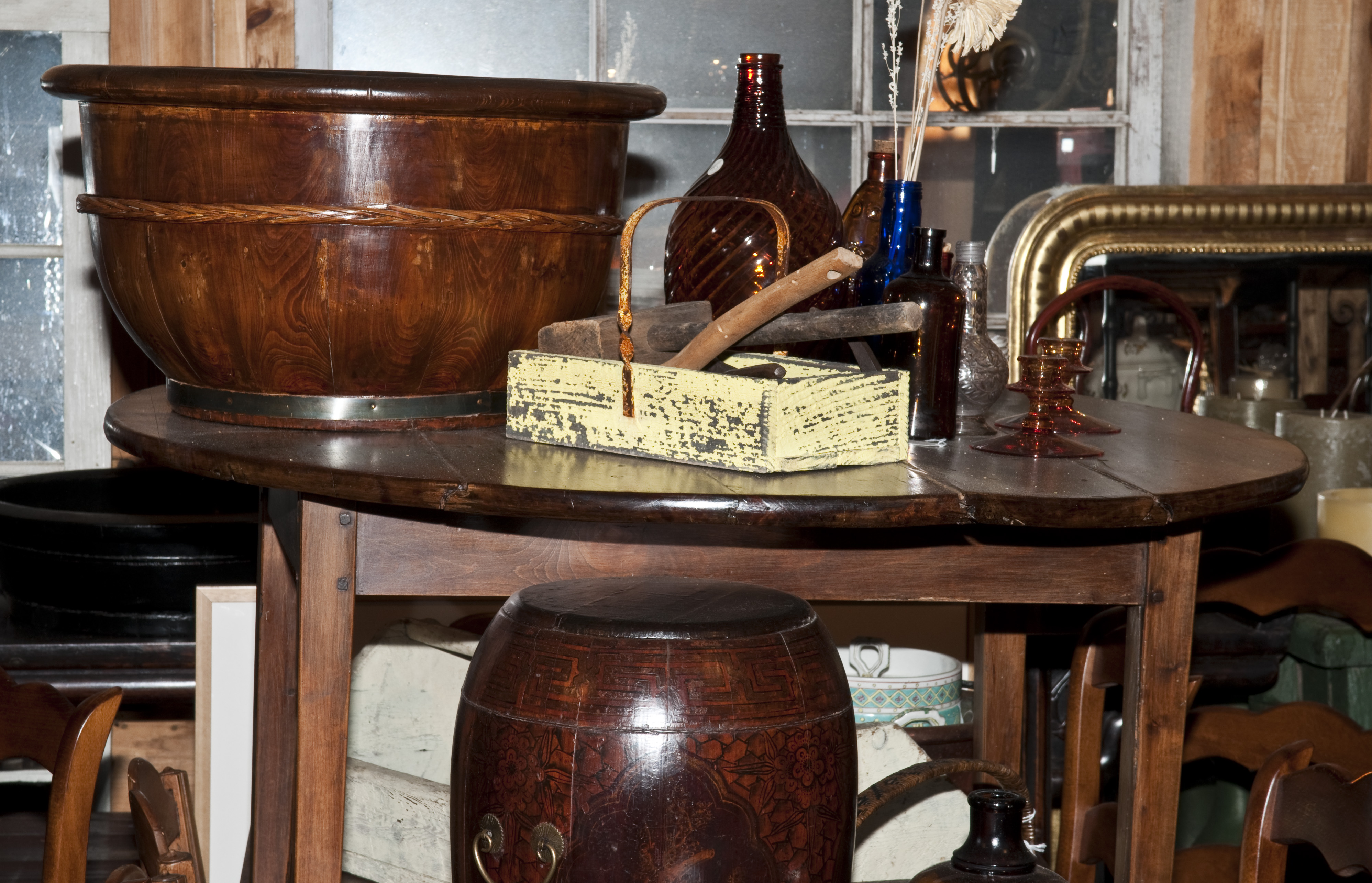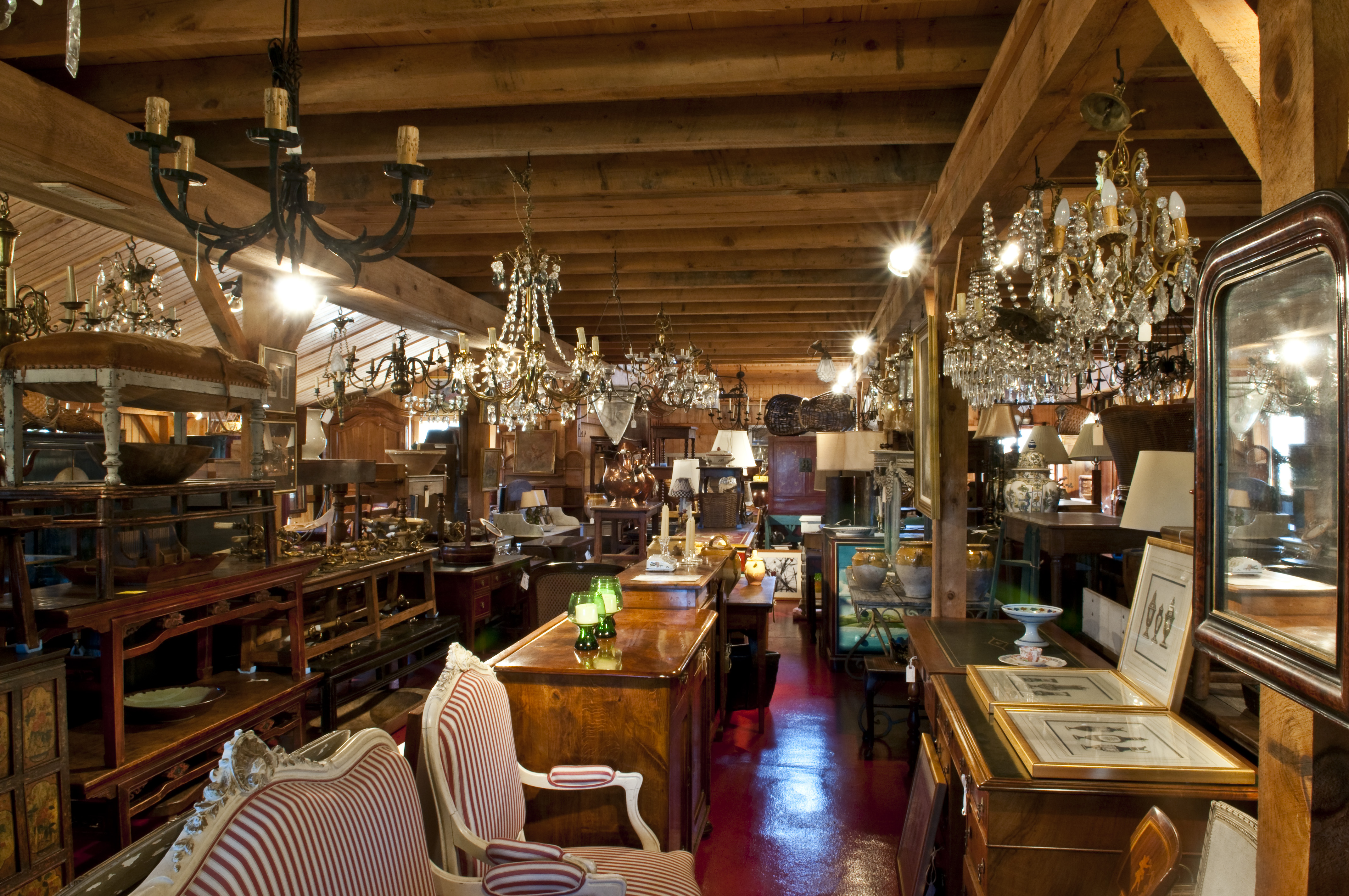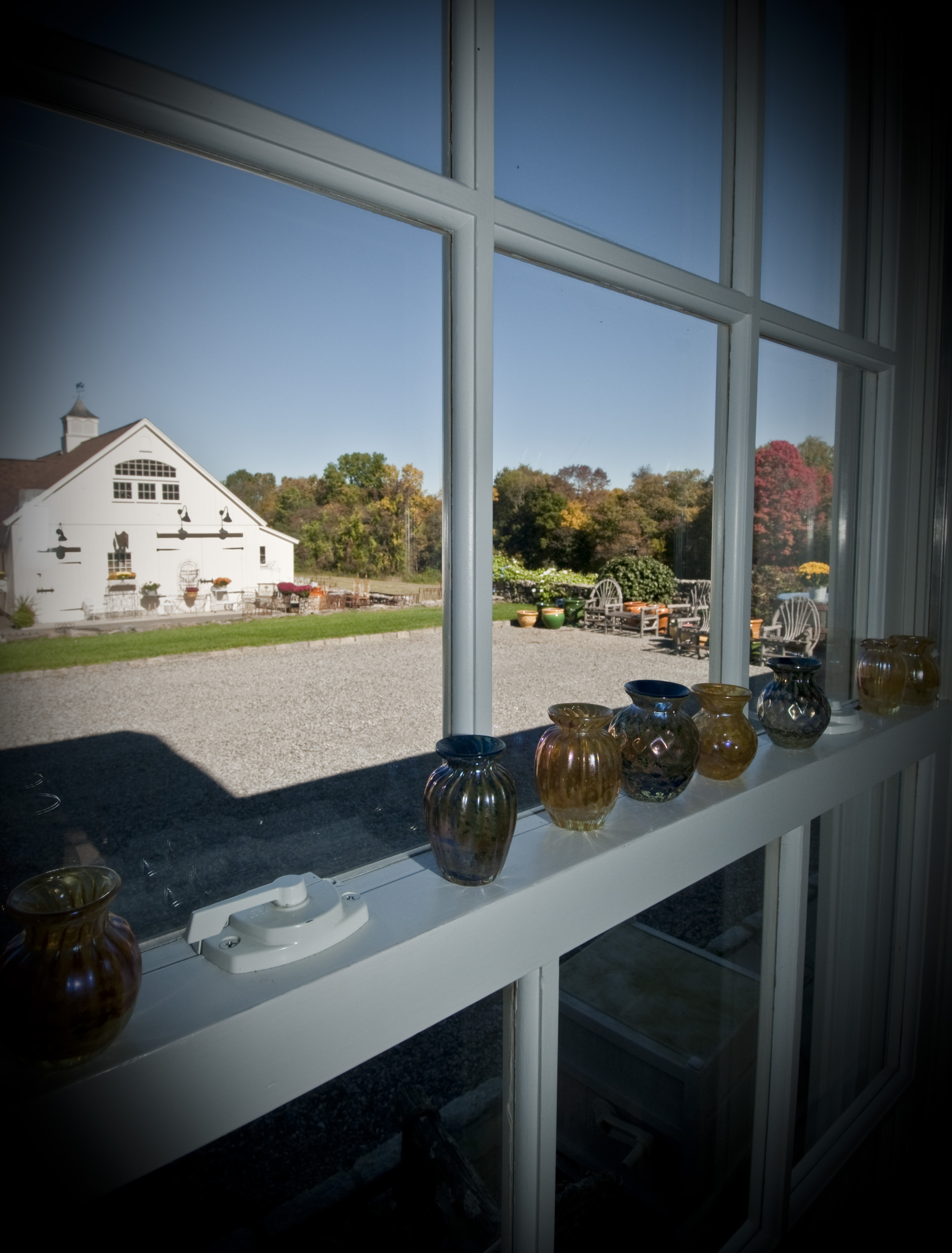Perhaps you’ve inherited a “slightly worn” piece of furniture or family heirloom. You know the one we’re talking about; that special piece of furniture that none of the other tribe members wanted but you.
Most likely, no one else in the family wanted this item because they didn’t have that sentimental connection to it that you did (and still do to this very day). Perhaps your memory of Grandma Joy removing a tiny gift or surprise just for you from one of those magical drawers every time you visited her comes flooding back to mind as if it were yesterday. How could you possibly part with that beat up desk, which holds so many fond childhood memories for you? Of course, you can’t!
Today, Le Barn is pleased to offer a bit of insight into the care and maintenance of fine wooden furniture that has reappeared in your life through simple good fortune or a similar type of piece which you found by chance on a visit to a local estate sale.
Le Barn’s resident professional woodworker, Ken Smith, has graciously agreed to participate in a question and answer session that will offer practical guidelines for restoring antique wooden furniture.
Le Barn: What do you need to know about a piece of furniture before you go forward with restoration?
Ken: One of the things I need to know in order to restore the furniture is the history of the piece from its raw state. I need to figure out what steps were taken to convert the original raw wood to the manufactured piece. For example, how many coats of paint am I going to have to remove in order to get down to the bare wood, what type of wood is it? What kind of shellac or stain was used? How can I condition the wood in order to rejuvenate it?
With a little bit of time, patience, and love I’ll be able to bring these pieces back to their original state.
Le Barn: How do you decide exactly what needs to be done in a restoration?
Ken: Honestly, and I know this sounds strange, I want to do as little as possible! Let me explain. When a piece comes to me that needs restoration, my goal is to evaluate the damage and then get the piece as cleaned up as best as I can while leaving the original character and markings in the wood that have helped to age the piece and make it “vintage”. A true antique shouldn’t have to look brand new. That’s the myth. In fact, if you have a really valuable collectible, you probably shouldn’t do any restoration at all other than to clean the piece up so that the original patina shines through. Anything else would simply devalue the piece, and that’s not my goal. I don’t want to take away from showcasing the furniture. I truly believe that the old saying that “less is more” is still accurate.
Le Barn: Is it safe to assume that you will always restore a piece of furniture with the original finish it once had?
Ken:No, practically never! You see, the finishes that were used 100 years ago are no longer available. They simply don’t exist! That means finding an alterna
Le Barn: Any advice for people at home wanting to remove those horrible white rings from regular furniture?
Ken: Believe it or not, a warm iron and a folded cloth table napkin work wonders. Set your iron to a medium-low dry heating temperature. Set the napkin on top of the stain and iron back and forth for about one minute, and then check the stain. Continue like this until the stain is gone. Make sure the napkin moves back and forth along with the iron. Now, mind you, I wouldn’t do this on your favorite heirloom piece, but I think this is worth a shot on your typical day-to-day furniture.
Thanks so much, Ken!
Come to Le Barn to see some of Ken’s woodworking miracles.
Call ahead to make an appointment with Kathy or Nana at: 203-253-7286.
~~~ Le




Thank you bloggers for liking our blog!